Receiving an Award of Excellence in Demolition from the National Demolition Association (NDA) for an unusual, if not one-of-a kind, demolition at a downtown Toronto hotel was “pretty exciting,” says Priestly Demolition Inc.’s vice-president of operations, Brian Priestly.
Along with other company representatives, he accepted the award at the association’s annual convention in San Diego, Calif. in March.
The award was in the Category 2 division which covers projects in the $500,001 to $2 Million range.
The project consisted of the demolition of the eight-storey Hotel 89 on Avenue Road in Toronto’s upscale Yorkville district between September 2020 and May 2021.
It was taken down to make way for the construction of 89 Avenue Yorkville, a 20-storey luxury hotel.
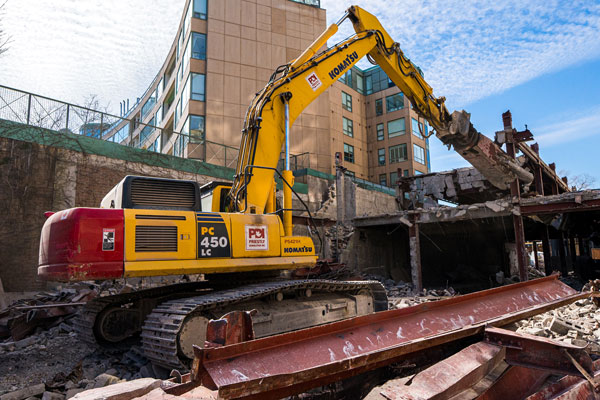
There were two other winners. Costello Dismantling received the award in the Category 1 division for the demolition of a substation in Haverhill, Mass. In Category 3, which covers demolition with a $2 million or more project value, Independence Excavating Inc. received the award for the decommissioning and demolition of the former Navajo Generating Station in Arizona.
In the complicated business of demolition, the Toronto project stands out and Priestly doesn’t think the company has handled one quite like it before.
Basically, heavy pieces of equipment had to be driven through the building from one end to the other.
The old hotel was “demolished from the inside out.”
In the tight urban setting there simply wasn’t space between the hotel and the adjacent buildings to manoeuvre machines, he explains.
After the building had been shored, crews hand removed the front façade facing Avenue Road. The rear wall was similarly taken down in the same fashion. As well, the second floor slab was demolished.
Those procedures provided the width and height room for what became a “laneway” or tunnel which allowed the contractor’s various machines to enter from Avenue Road and then exit at the rear.
From there the demolition proceeded in a standard top-to-bottom process. A 90-ton crane was used to hoist excavators to each level, while the existing hotel staircases were left intact for workers to climb to those levels, says Priestly.
Rubble and debris from the previously demolished floor was cleaned up before jackhammering the next level. Once the demolition had reached the lower levels, larger machines were used.
“There was hardly any space,” says Priestly, pointing out the crane operators had to work within a very tight spot.
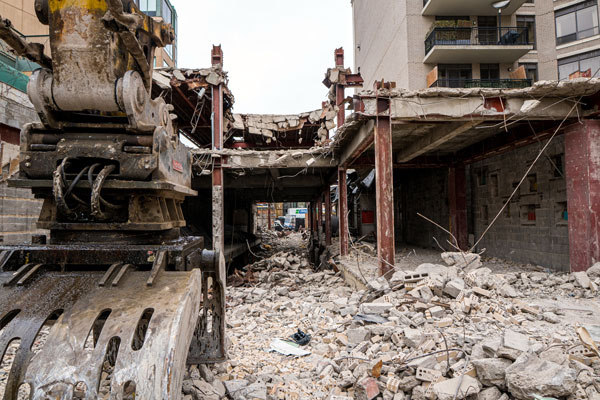
As well, truck drivers picking up debris had to back into the building and then exit quickly.
Despite the setting and the site’s limitations, the eight-month project was completed with no impact to the adjacent buildings or the streets.
A number of measures were in place to protect employees, occupants of those buildings and pedestrians walking along Avenue Road, says Priestly.
Knee walls, which are the wall sections not yet demolished, where left in place to restrict machine movement and were not demolished until just before it was time to remove the slabs.
Debris mesh and tarping was utilized with the outriggers to ensure smaller debris did not migrate or fall away from the building and the jobsite. A debris screen on the 90-ton crane was held in place on the north and south elevations where the neighbouring buildings were most vulnerable.
“Of course sidewalk overhead scaffolding was also installed to maintain pedestrian traffic along Avenue Road. Powerlines were also covered in the immediate vicinity of the building,” he said.
And then there was the traffic issue.
“Traffic at this location always posed a challenge. Adequate traffic control personnel were required to be ready at delivery times to assist in stopping multiple lanes of traffic on Avenue Road to allow our drivers/equipment to enter through the front of the building.”
Where possible, deliveries and pickups where scheduled during low traffic periods, he points out.
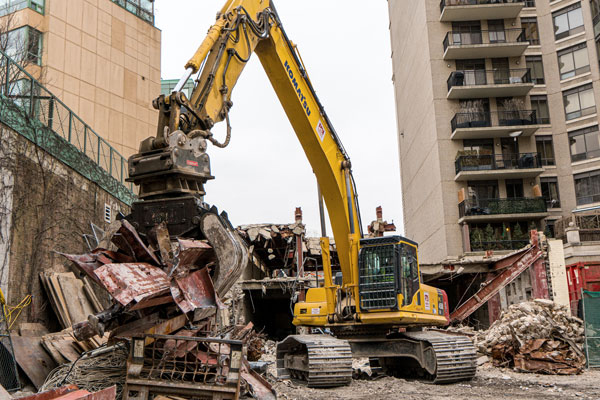
Besides the machine operators, the contractor’s workforce included an abatement crew and labourers who were heavily utilized for the installation of outrigger protection, screening and interior demolition.
Focusing on other aspects of the project, Priestly underlines the sustainability initiatives. All the steel and concrete was source separated and delivered to companies for recycling.
Sustainability is one of the criteria the NDA uses in evaluating submissions for its Award of Excellence. Other benchmarks include community engagement, pollution prevention and resource conservation, and educational outreach programs to the community at large, says NDA president Scott Homrich.
Announced each year at the NDA’s annual convention, “The Excellence in Demolition Awards recognizes and celebrates outstanding member companies who have made significant achievements in completion of a unique project. They set a new standard in the industry and exemplify the best of the best.”
Founded in 1974 and featuring a range of programs, the convention has steadily grown in popularity and attracts nearly 1,000 attendees and more than 80 exhibitors, says Homrich.


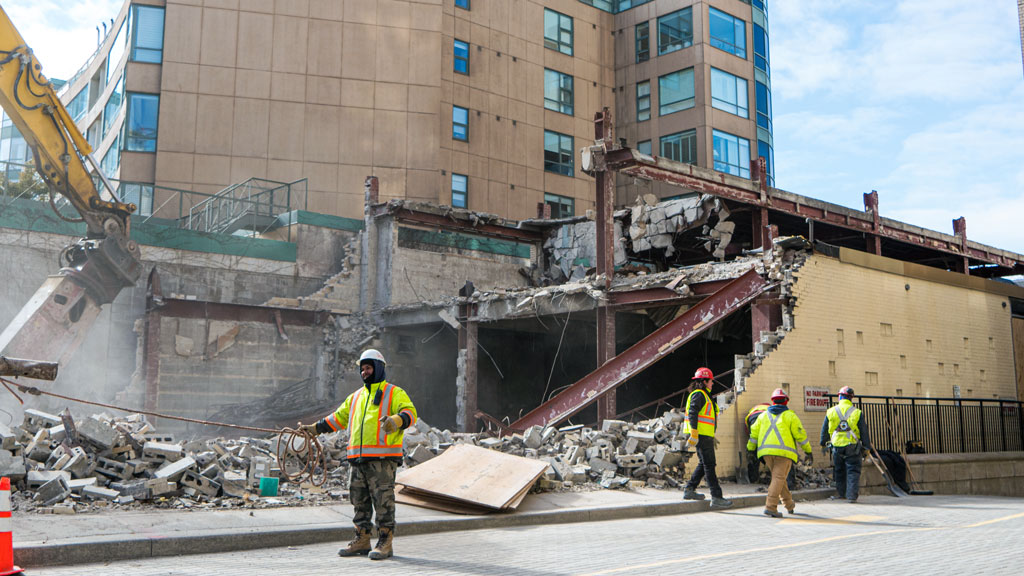




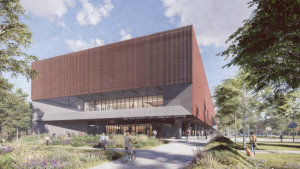

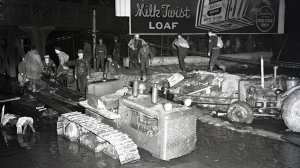

Recent Comments